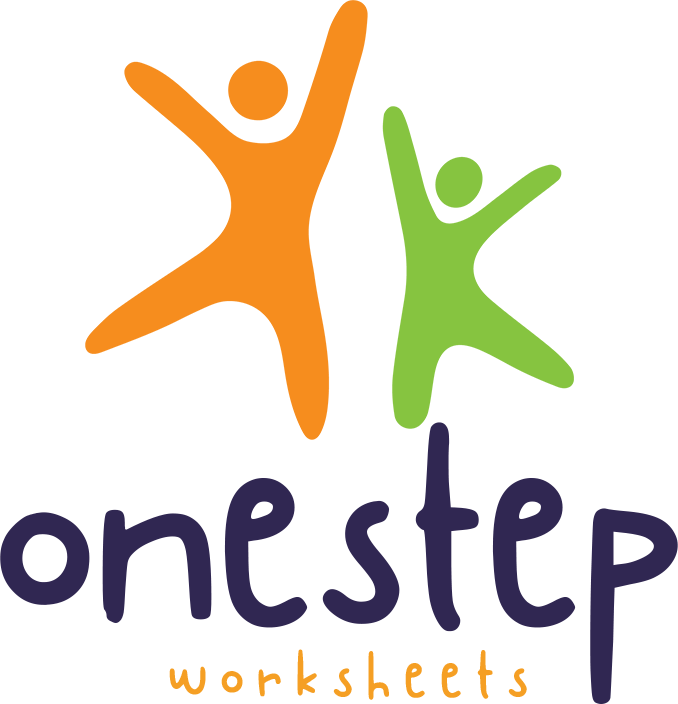Rousing Fun with the Letter R: Activities for Preschoolers
This week, let’s embark on an exciting adventure to discover the letter R! Through a series of playful and educational activities, your preschoolers will learn to recognize, trace, and enjoy this versatile letter. Here’s a guide to the fun-filled “R Week” activities that will captivate and educate your little ones.
1. Alphabet R: Dot Stickers Activity
Objective: Introduce the shape of the letter R.
Instructions: Print out a large outline of the letter R and provide children with dot stickers. Have them place a sticker on each circle along the outline of the letter R.
Benefits: This activity helps children become familiar with the shape of the letter R. By placing stickers on the outline, children practice fine motor skills and hand-eye coordination, which are essential for writing.
2. I Spy the Letter R
Objective: Identify the letter R among other letters.
Instructions: Provide a sheet with a mix of different letters and ask children to color all the uppercase and lowercase R’s they can find.
Benefits: This activity enhances visual discrimination and letter recognition skills. It helps children focus and pay attention to detail, which is crucial for reading and writing.
3. Circle the R Words
Objective: Link the letter R with words starting with R.
Instructions: Show pictures of various objects and ask children to circle the ones that begin with the letter R, such as a rabbit, rainbow, and robot.
Benefits: This activity builds vocabulary and phonemic awareness by helping children associate the sound of R with specific words. It also reinforces the concept that letters form the beginning of words.
4. Trace and Write the Letter R
Objective: Learn to write the uppercase and lowercase R.
Instructions: Provide tracing guides for both the uppercase and lowercase R. Children first trace the letters and then try writing them independently.
Benefits: Tracing and writing letters helps develop fine motor skills and muscle memory. This activity also reinforces the correct formation of the letter R, which is essential for legible handwriting.
5. Color the R Pictures
Objective: Associate the letter R with corresponding images.
Instructions: Provide coloring pages with pictures of objects that start with R, like a rabbit or a rocket. Ask children to trace the letter R and color the pictures.
Benefits: Coloring images that begin with R reinforces the connection between the letter and its sound. This activity also promotes creativity and fine motor skills through coloring.
6. Draw it: Letter R Practice
Objective: Practice writing the letter R and identifying it in different contexts.
Instructions: Have children draw the letter R and look for it in different words and pictures. Provide examples and encourage them to draw their own objects that start with R.
Benefits: This activity enhances understanding of the letter’s usage and reinforces writing skills. By drawing their own R objects, children engage their imagination and creativity.
7. Trace the Letter R Multiple Times
Objective: Repeated practice to master the letter R.
Instructions: Provide sheets where children trace the letter R repeatedly, both uppercase and lowercase.
Benefits: Repetition is key to mastering any skill. By tracing the letter R multiple times, children solidify their recognition and improve their writing proficiency. This practice helps build confidence in their ability to write the letter correctly.
Conclusion
Each of these activities offers a unique approach to learning the letter R, ensuring that children remain engaged and enthusiastic about their alphabet journey. By combining tracing, identifying, and creative tasks, children not only learn to recognize and write the letter R but also connect it to words and objects in their everyday environment.
Encourage your little ones to explore the letter R with these fun and educational activities. Watch as they develop essential literacy skills while having a blast!
Download the Worksheets
Click the link below to download all the exciting “R Week” worksheets for your preschooler:
By integrating these activities into your child’s routine, you’ll help them build a strong foundation for reading and writing. Happy learning!


